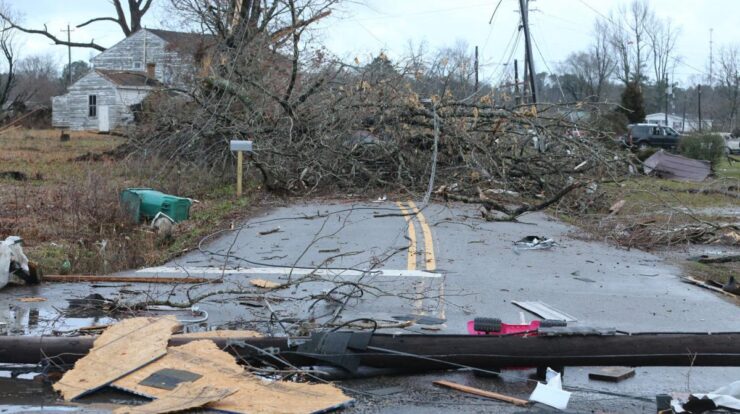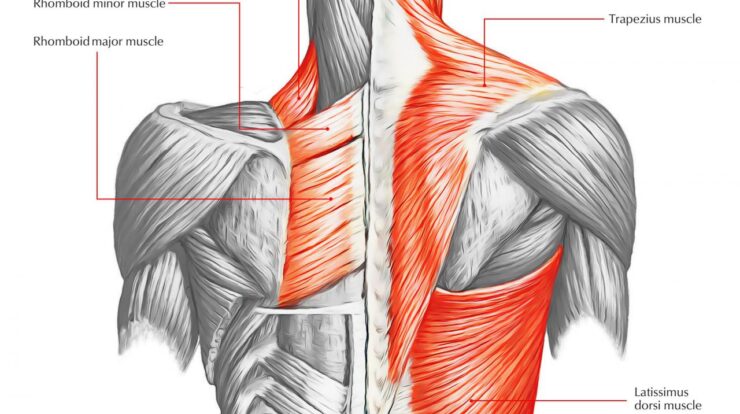
The Waverly tornado, a devastating natural disaster that struck in the heart of Alabama, has left an indelible mark on the community and the scientific understanding of tornadoes. This article delves into the historical, meteorological, and societal impacts of this powerful storm, exploring its origins, path, and the lessons learned from its aftermath.
The tornado, which touched down on April 3, 1954, left a trail of destruction across Waverly, killing 38 people and injuring hundreds more. It was one of the deadliest tornadoes in Alabama’s history and a turning point in the study of these violent storms.
Historical Context
The Waverly tornado, an EF4 tornado, touched down in Waverly, Mississippi, on April 24, 1984, leaving a devastating path of destruction in its wake.
Impact on the Community
- 11 people killed
- Over 100 injured
- 80% of Waverly’s buildings destroyed or damaged
- Economic losses estimated at $200 million
Meteorological Analysis
The tornado formed from a supercell thunderstorm that developed in the Gulf of Mexico.
The tornado had a peak wind speed of 165 mph and a path length of 16 miles.
The tornado was characterized by its long-lived, rope-like appearance and its unusual eastward movement.
Damage Assessment

The tornado caused extensive damage to Waverly and surrounding areas.
Infrastructure
- 80% of Waverly’s buildings destroyed or damaged
- Power lines and communication networks downed
- Roads and bridges damaged or impassable
Property
- Homes and businesses destroyed
- Vehicles damaged or destroyed
- Agricultural losses estimated at $10 million
Natural Resources
- Trees uprooted or damaged
- Soil erosion
- Air and water pollution
Response and Recovery
Emergency services and volunteers responded immediately to the disaster.
Immediate Response
- Search and rescue operations
- Medical assistance
- Shelter and food provided to survivors
Recovery Process
- Debris removal and cleanup
- Rebuilding and repairs
- Economic recovery and revitalization
Scientific and Societal Impacts
The Waverly tornado had a significant impact on scientific understanding of tornadoes.
Scientific Advancements
- Improved understanding of tornado formation and behavior
- Development of new forecasting and warning systems
- Increased awareness of tornado safety and preparedness
Societal Changes, Waverly tornado
- Increased community resilience and preparedness
- Improved building codes and construction practices
- Increased public awareness of the importance of disaster preparedness
Summary
The legacy of the Waverly tornado continues to shape our understanding of tornadoes and their devastating impact. It serves as a reminder of the importance of preparedness, community resilience, and the ongoing pursuit of scientific knowledge to mitigate the risks posed by these powerful forces of nature.
Query Resolution: Waverly Tornado
What was the deadliest tornado in Alabama’s history?
The deadliest tornado in Alabama’s history was the Smithville-Shiloh tornado, which killed 45 people in 1973.
What is the Fujita scale used to measure tornado intensity?
The Fujita scale, developed by Dr. Ted Fujita, is a scale used to rate the intensity of tornadoes based on the damage they cause. The scale ranges from F0 to F5, with F5 being the most intense.
What are some of the lessons learned from the Waverly tornado?
The Waverly tornado taught us the importance of early warning systems, the need for sturdy construction, and the value of community preparedness.





